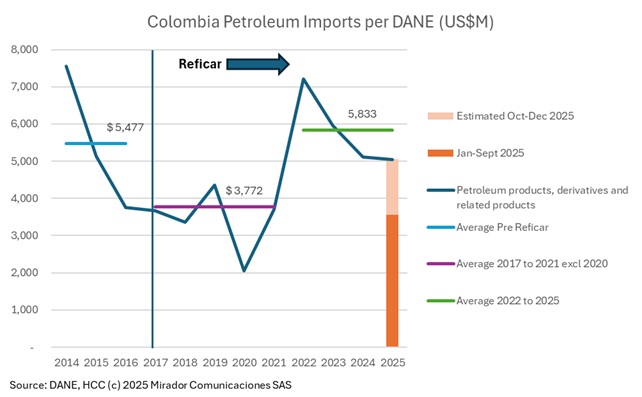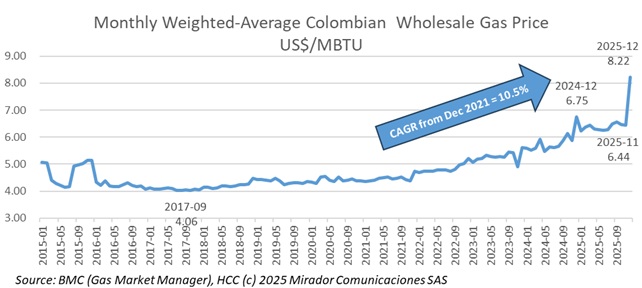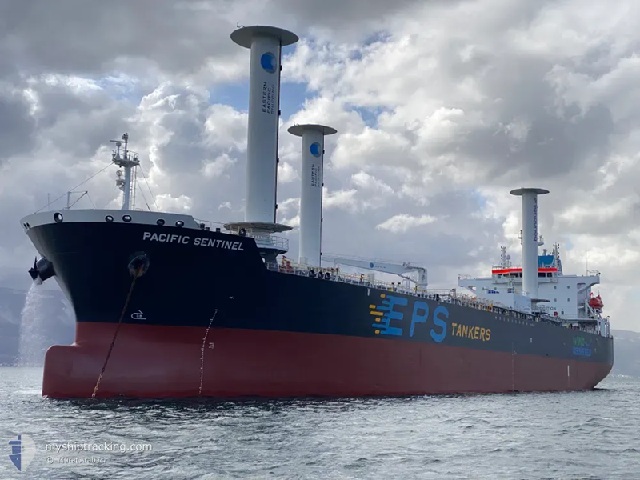While IATA Director General Willie Walsh warned that disappointing progress in Sustainable Aviation Fuel (SAF) production threatens the airline industry’s environmental goals, Colombia emerges as a potentially crucial player to address the global supply shortage.

From the beginning President Gustavo Petro’s government seemed determined that Colombia would lose its self-sufficiency in fossil fuels. It appears to be accomplishing that goal, certainly in gas, and maybe in liquids as well.

The Colombian government, through the Ministry of Mines and Energy, announced an urgent package of measures to stabilize natural gas prices and protect residential users, small businesses, taxi drivers, and productive sectors dependent on this service.

Ecopetrol achieved a significant sustainability milestone by contracting a vessel equipped with an auxiliary wind propulsion system, reducing CO2 emissions by 49% compared to conventional ships.
The Ministry of Mines and Energy is working on a comprehensive update of the institutional framework to guarantee liquid fuel supply in Colombia. The initiative will be built on two main pillars: strengthening the legal and operational framework for fuel imports, and creating a Liquid Fuels Manager.
The import of fuels in Colombia has increased nearly tenfold in the last decade, according to an alert issued by the Comptroller General, Carlos Hernán Rodríguez.
Colombia’s supply of propane is entering a critical phase as natural declines in producing fields and lower availability from refineries are tightening domestic output.
A high-stakes tax dispute between Colombia’s tax authority (DIAN) and Refinería de Cartagena (Reficar), the Ecopetrol (NYSE: EC) subsidiary that supplies more than half of the country’s diesel and a third of its gasoline, has triggered fears of an operational shutdown that could threaten the nation’s fuel supply.

Colombian drivers will feel another pinch at the pump starting Friday, October 24, as the Energy and Gas Regulation Commission (CREG) announced an increase in fuel prices.
Ecopetrol (NYSE: EC) President Ricardo Roa announced that the company is nearing financial closure on two of its most important natural gas infrastructure projects: the Buenaventura and Coveñas regasification terminals. Both are seen as key components of Colombia’s energy transition strategy and its efforts to secure long-term gas supply.